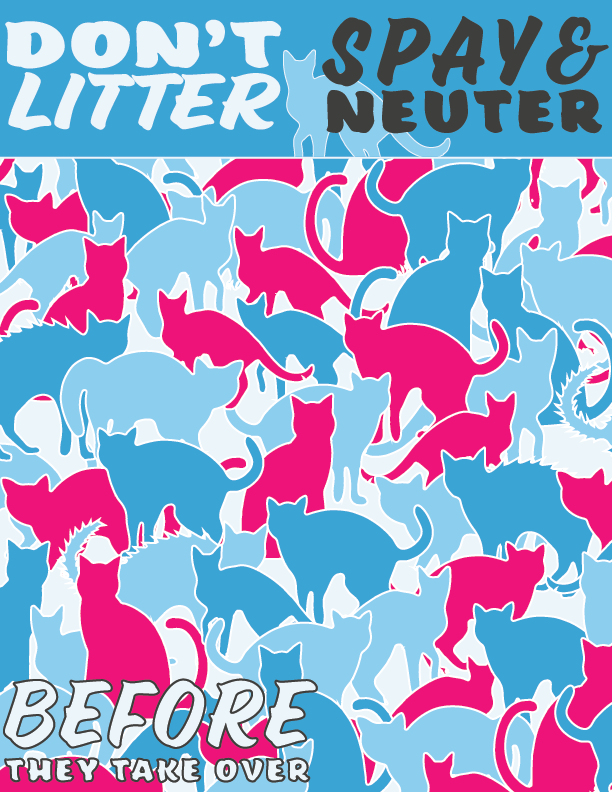
Help your community, wildlife, and cats in need!
Were you chosen by a stray cat?
Have you started to notice new cats appearing in your neighborhood?
Did your cat bring home a friend?
Are you upset that your bird feeders are being watched?
Have outdoor cats started to stress out your indoor cats?
Do you want to help homeless cats in your community?
Regardless of how you ended up on this page, taking action by spaying and neutering community cats is the answer.
Cats can have 3-4 litters a year, especially in places like Florida, where the weather stays relatively hospitable. Each litter can have 1-8 kittens, so one cat can turn into 20 pretty fast. People have a habit of waiting until they have a colony of feral cats before seeking assistance, and by then the problem is exponential, with new litters of kittens being born daily despite shelters already having cats and kittens in need of homes. Brothers and sisters will mate- potentially birthing kittens who need extra care, putting a strain on rescues, shelters, and vet clinics.
Picking up a litter of kittens and finding them homes doesn’t stop mom and dad from continuing to have litter after litter. Plus, if you don’t make sure those kittens are fixed, then they can start having kittens of their own by 4 months old.
Before your yard is filled with cats, start spaying and neutering.
Some important terms:
- Feral Cat – A cat who cannot be approached by humans, cannot be handled, does not meow, and is aggressive when contained or startled. A feral cat is visibly uncomfortable around people and does not let its guard down. A true feral cat can’t happily live indoors or among people. If you can touch this cat, it is not a feral cat. A feral cat is definitely not owned by someone and catching them will require the use of a trap.
- A Stray Cat – A cat whose caretaker is unknown or absent. This cat may be friendly or may keep a safe distance but is generally comfortable around people. They may meow at you. They may not let you touch but will show you their belly and sit with you. This cat isn’t feral – it’s domesticated, and trusts people. This cat has potentially lived in a home before but may be lost, abandoned, or comes and goes. Further effort is necessary to determine if they need your assistance, but calling a cat stray instead of feral communicates whether or not they’re domesticated and friendly toward people.
Once you’ve determined whether the cat is Feral or Stray, you can make plans to TNR using traps, or you can determine whether the cat needs assistance/rescue involvement.
- An Outdoor Cat – Unfortunately, despite the dangers and despite the number of cats lost/killed outside each year, people do continue to have free-roaming cats. These cats can be very friendly and may even let you pick them up. A friendly cat you find outside isn’t automatically a lost cat and may belong to someone in your neighborhood. If you want to know who the cat belongs to, you can bring them by the closest vet clinic to scan for a microchip. If they have one, they’ll be able to put you in touch with the owner who will either say to bring him home or that he’s okay to be there. If the cat is friendly, there is no microchip, and the cat is not spayed or neutered, the cat is considered unowned and adoptable.
- A Community Cat – This cat has lived outside in this community for long enough to be recognizable by neighbors. Community cats are under the umbrella of outdoor cats. Typically, they have a caretaker or a set of caretakers who spay and neuter any new cats, feed them, and monitor their wellness. These cats live outside because they were born outside and were not socialized at any point by humans. While they’ve learned that people mean food, they aren’t typically friendly or adoptable. If they’re friendly and love people, then if they are not microchipped you can work with a rescue to bring them inside or choose to adopt them yourself. A catio (screened in patio,) can often be an acceptable change for their lifestyle and limit their desire to go back outside. An indoor cat is safer than an outdoor cat, so if they can be happy indoors, they should be.
- A Lost Cat – Most cats who are indoor-only and lost are going to hunker down. They don’t typically come up to strangers, they may dart inside or allow you to pet them, but they’re nervous. Lost cats are most likely hiding or may be meowing loudly and will probably freeze if you try to handle them, but put them quickly and directly into a carrier, since they’re likely to be incredibly stressed and scared. The nearest vet, rescue, or shelter will be able to scan for a chip and contact the owner who can come to pick up the cat.
“The Shelter” – When we refer to “the Shelter,” we’re referring to the City of Tallahassee Animal Services Center, sometimes abbreviated as TLASC. The shelter is an open intake facility with a limited number of kennels, and a duty to provide humane care and shelter to animals. If they do not have the space or resources to humanely house an animal, they may have to euthanize, but that doesn’t make them a “kill” shelter, it means that they have to handle the community’s unwanted animals in the most humane way possible, and when there are too many unwanted animals then rather than hoard them in inhumane conditions or not provide care, they are forced to provide humane euthanasia as an alternative. If we want to prevent unnecessary euthanasia, the blame is not on the shelter, the blame is on people who are allowing their animals to roam unaltered.
The shelter should be viewed as a community resource, a place where people can bring found animals to be reunited with their owners when the finders can’t house them, a place for unwanted animals to access otherwise inaccessible medical care, or a place for unwanted animals to become wanted through adoption or transfer to rescues. The shelter is a community resource. They’re tax funded and city run. Their adoption fees are low because they’re subsidized by tax dollars, and they have the unfortunate job of being the last resort for more animals than they can humanely take in. The shelter isn’t a “bad” place for animals, the community just creates too many unwanted pets, and we have to help. Cats especially have a hard time escaping the shelter or adjusting to the shelter, but if you find a cat that has a microchip, the shelter is probably the best place to be able to reunite that cat with their owner.
Our Adoption Partner, Tally Cat Cafe, has a microchip scanner they rent out at no charge to those who aren’t able or would prefer not to transport the animal.
What if there is no chip?
Well… is the cat otherwise well cared for? Are they spayed or neutered?
YES!
Try asking around or posting found signs, but if they are spayed/neutered and well cared for, they may just be outdoor cats.
NO!
Congratulations on your new cat.
Legally, without a microchip, the cat is unowned.
“Well, what now?”
The Leon County Animal Services Center will spay/neuter a community or found cat and return them to their community/where they were found if they don’t have a microchip. If you come across a cat who is not spayed or neutered, you can bring them to the shelter without fearing that you’ve doomed them to euthanasia – and instead you can rest easy knowing that cat won’t have to contribute to a cycle of suffering in your neighborhood, and if one of your neighbors is working on convincing them to move in, they’ll be back and vetted. It’s a lot easier to convince a cat to make the transition inside when they’re spayed/neutered since they won’t have the urge to roam/find mates afterward. Even if the LEAST you can do for the cat is to bring them to the shelter, you should. You’ll be having a direct impact on decreasing suffering. If you’re able to foster them afterward and help them find a home, that’s ideal, but making sure they’re fixed is most important.
“I don’t want the cat to come back.”
If the cat is friendly, then we can discuss options for rehoming! Start off with emailing cats@leoncountyhumane.org
If the cat is friendly, unowned, and happy to be indoors, ideally, they should be not just spayed/neutered, but rehomed so that they stop having kittens but also stop going outdoors to kill native wildlife. Some cats, especially ones who were born outside, will never be happy being indoor-only cats. For kitties who have a dedicated caretaker, the most humane thing possible is to spay/neuter and return them to the area with the knowledge that if they get hurt or sick, their caretaker won’t allow them to suffer and will see that they receive humane care.
“Why doesn’t the shelter keep and rehome the cat themselves?”
The shelter should be a last resort for pets. Data-driven decision-making has led them to returning the cats because of the likelihood they’re being cared for by a community member. This way, fewer cats are euthanized, and their caretaker now has a spayed or neutered cat instead of an unspayed/unneutered cat. If a cat is returned to your community spayed/neutered, you can help contact rescues to place a vetted cat, which is easier for rescues to handle resource-wise.
If the cat is not friendly and you don’t want the cat to return to your community, and you know that the cat does not have a caretaker and would not do well in a home, be aware that relocating feral or owned cats as a private citizen is illegal. You cannot dump cats at other locations.
We can attempt to help you find a working home for the cat, such as a farm, but we, as a humane organization, would recommend humane euthanasia through the Leon County Animal Services Center for a feral cat without a caretaker. Particularly in an area with high traffic, coyote sightings, or otherwise unsafe conditions for the cat.
It may initially sound cruel, but there are far worse fates for an animal than a humane euthanasia. “Kill-shelter,” and “no-kill-shelter” are outdated terms. A shelter doesn’t need to be a place where animals go to die, shelters should be seen as a place providing animal related resources to the community, and a last resort for people unable to keep their pet.
Again, we are not advocating to euthanize friendly outdoor cats, but we understand that there’s a line where we’re setting animals up for failure and suffering rather than success. We’re working to decrease suffering and overpopulation, so for an unowned, unfriendly, feral cat who is more likely than not going to meet an unkind and painful end, this is the answer: Prevent future cats from meeting these fates by spaying and neutering outdoor friendly cats, bring them inside and get them homes when we can, and utilize humane euthanasia for feral cats without caretakers in unsafe areas.
Other Affordable Options for Spaying and Neutering:
As mentioned above, the city animal shelter on Easterwood Drive offers resources for animal owners in Leon County, however, they are often full, very overworked, and should be seen as a last resort. If you plan to keep the cat you found, or if you’re able to foster that cat, try contacting multiple rescues and check out these resources for vetting found animals:
Tally Spay, opened by the Animal Shelter Foundation, www.tallyspay.com, offers appointments for affordable spay and neuter surgeries, and you can even book online! Be sure to read and follow the instructions on drop off and pick up.
Be The Solution offers low cost spay and neuter vouchers that can be used at multiple clinics in town to provide a discount on the surgery itself. There may be additional charges such as pre-anesthesia bloodwork, vaccinations, and pain medication. Make sure to have your vet go over costs with you, and feel free to ask questions.
Animal Aid, along with several other vets in town, accept these vouchers. Animal Aid is going to offer the lowest prices, as well as have payment options available. Animal aid is another example of a resource that’s being overused in our community. They go above and beyond to accommodate you, but if you are able and have the resources to bring a cat into another clinic, consider doing so.
Let their resources serve those in need when possible. If you can afford to choose a clinic that isn’t a spay and neuter clinic, then as a trade-off you will be able to experience shorter wait times and a more customer service-oriented experience while allowing for those in need to utilize a community resource and reduce the burn out on those devoting their time to rescue.
When you take in a cat, you can keep them in a spare bathroom while you wait for their appointment. A spay or neuter will require a rabies vaccine, and cats should have food withheld from midnight onwards the night before their surgery.
Thank you for reading, and for helping community cats!
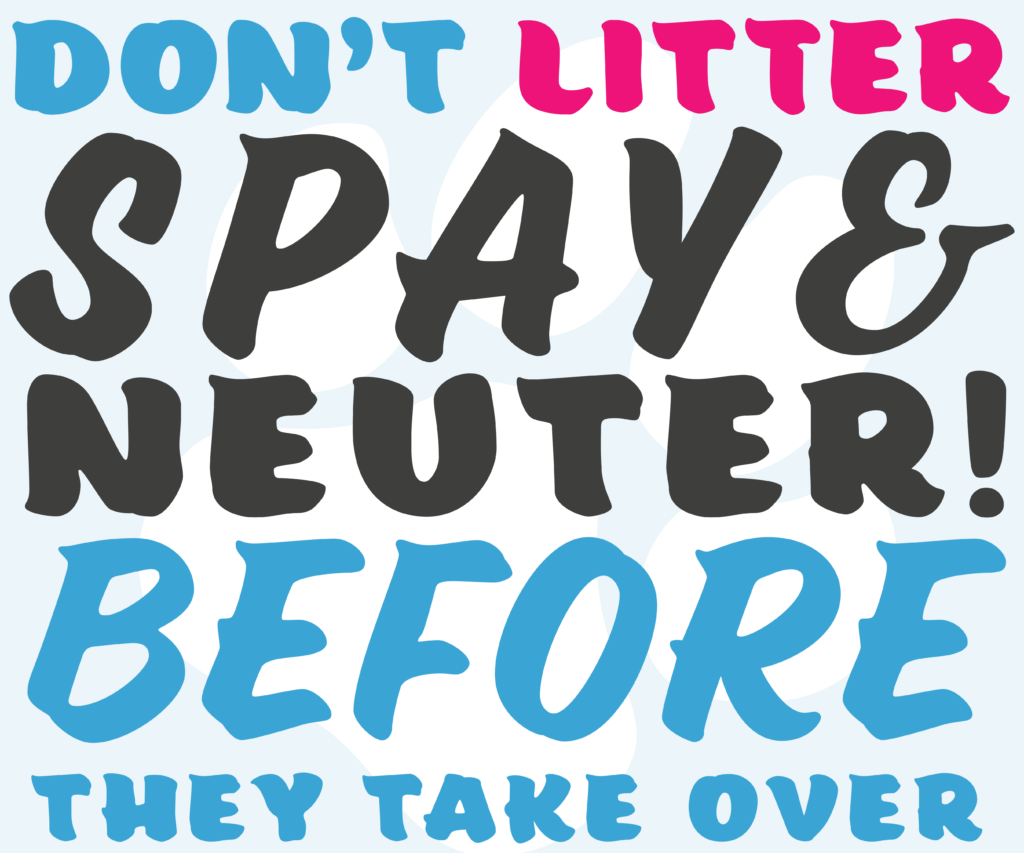
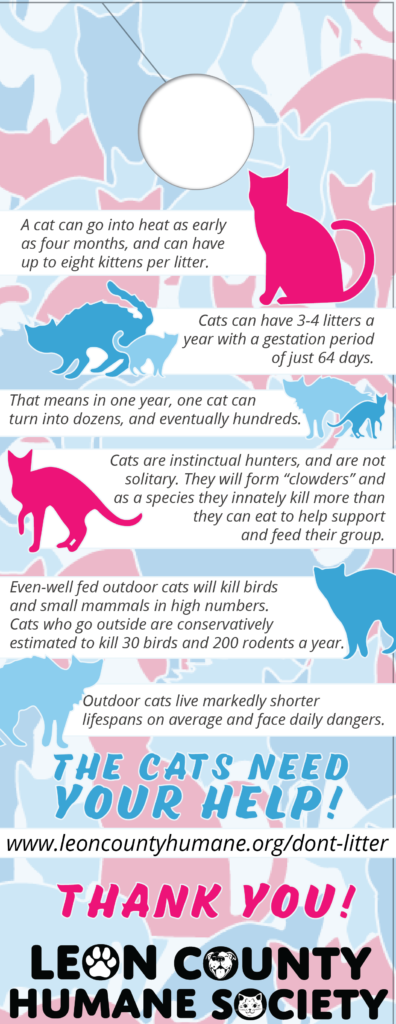
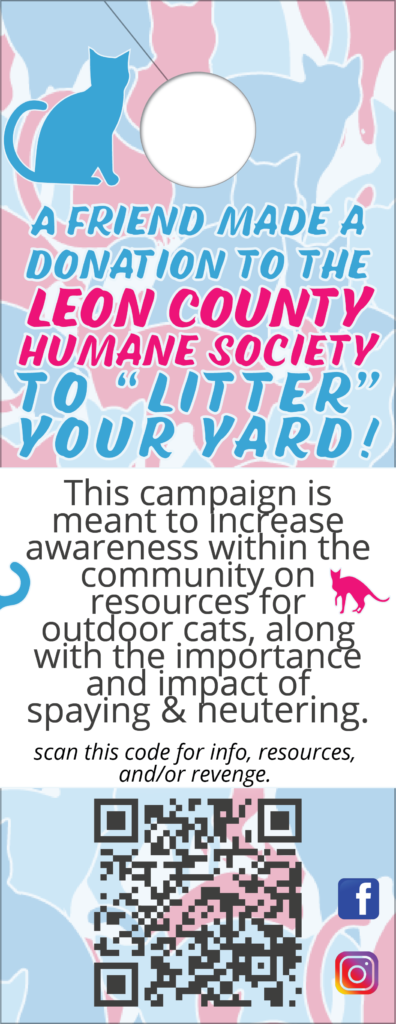
Rescue Contacts:
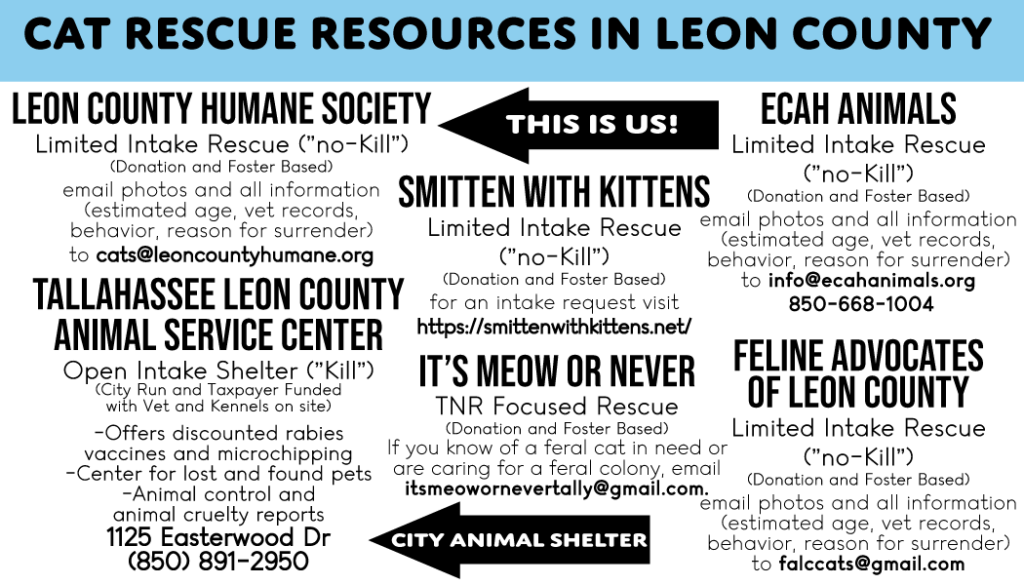
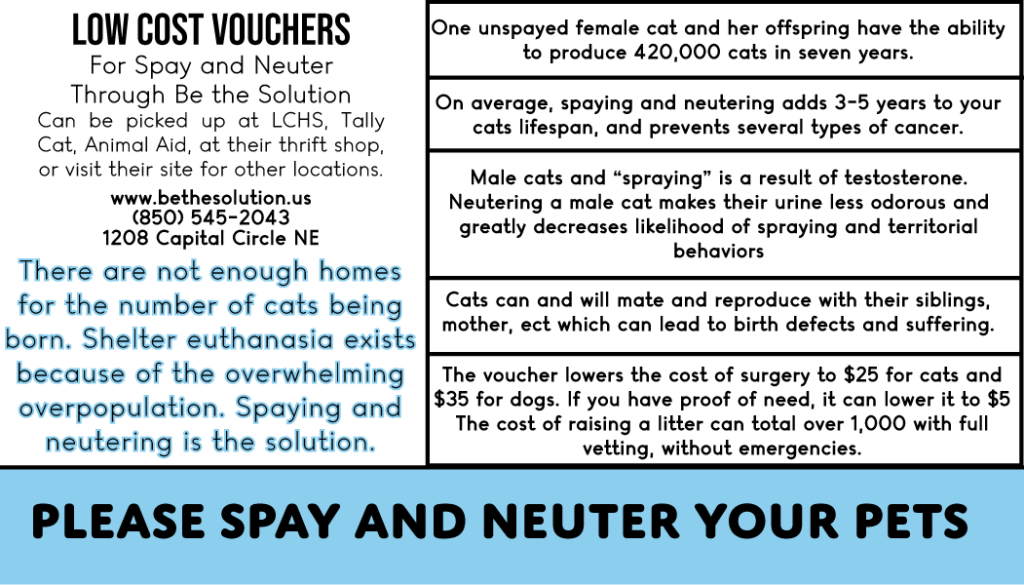

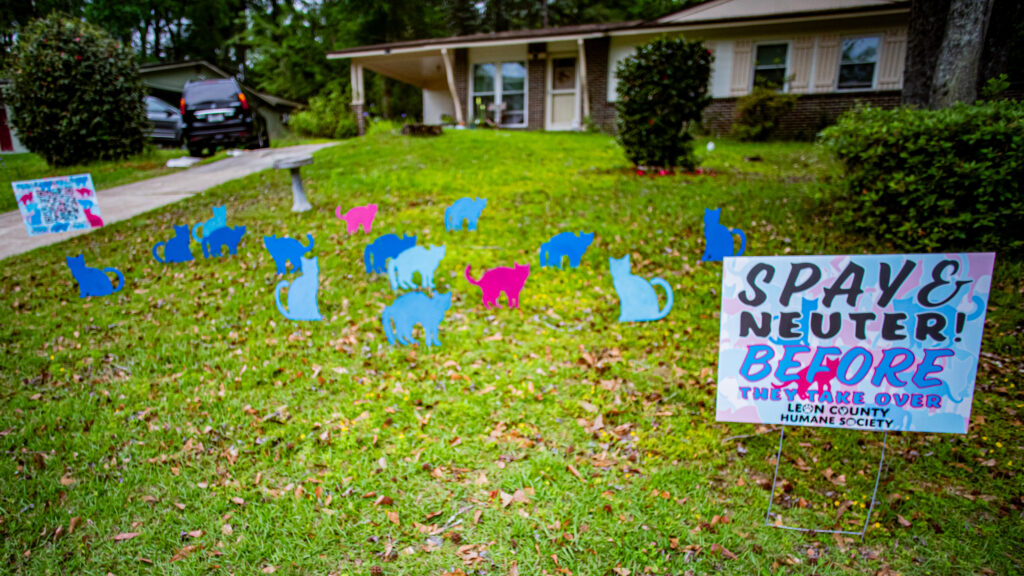
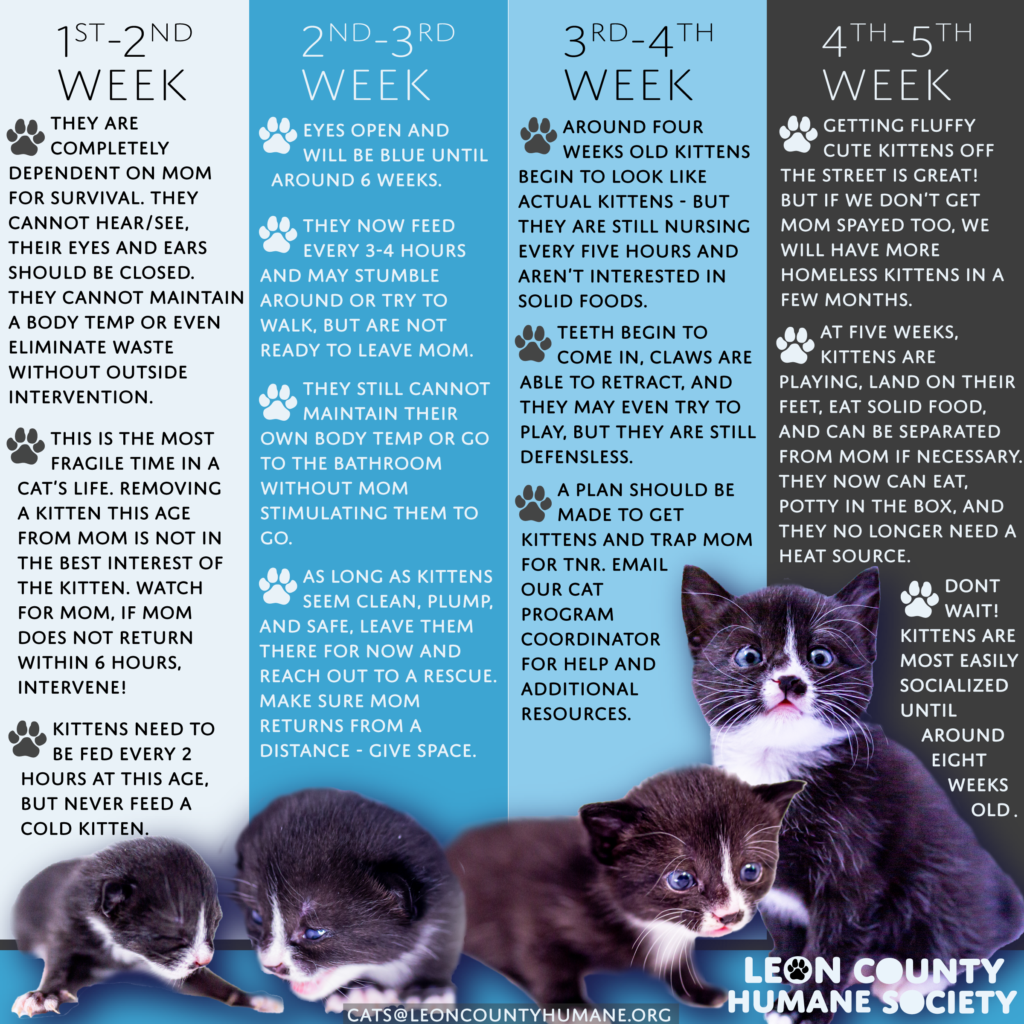
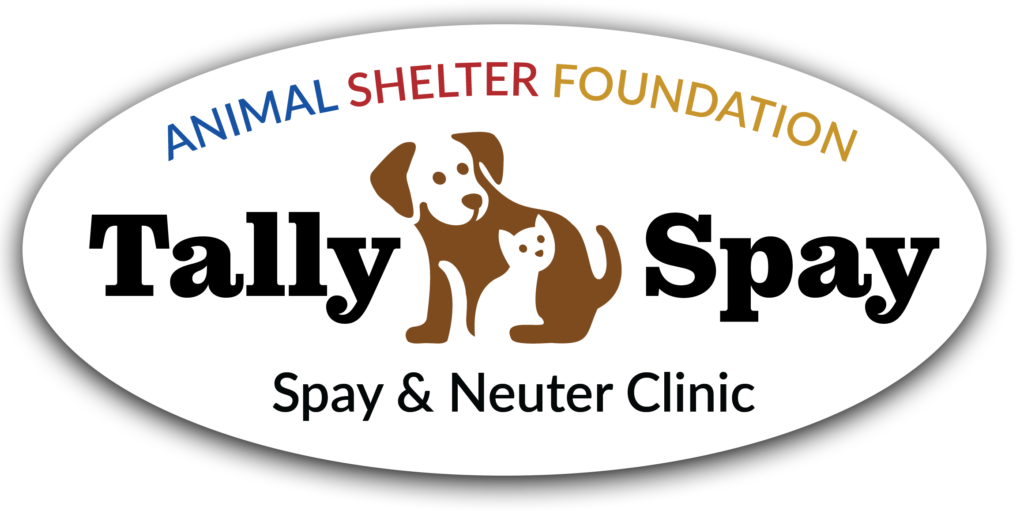

Why Do YOU Give?